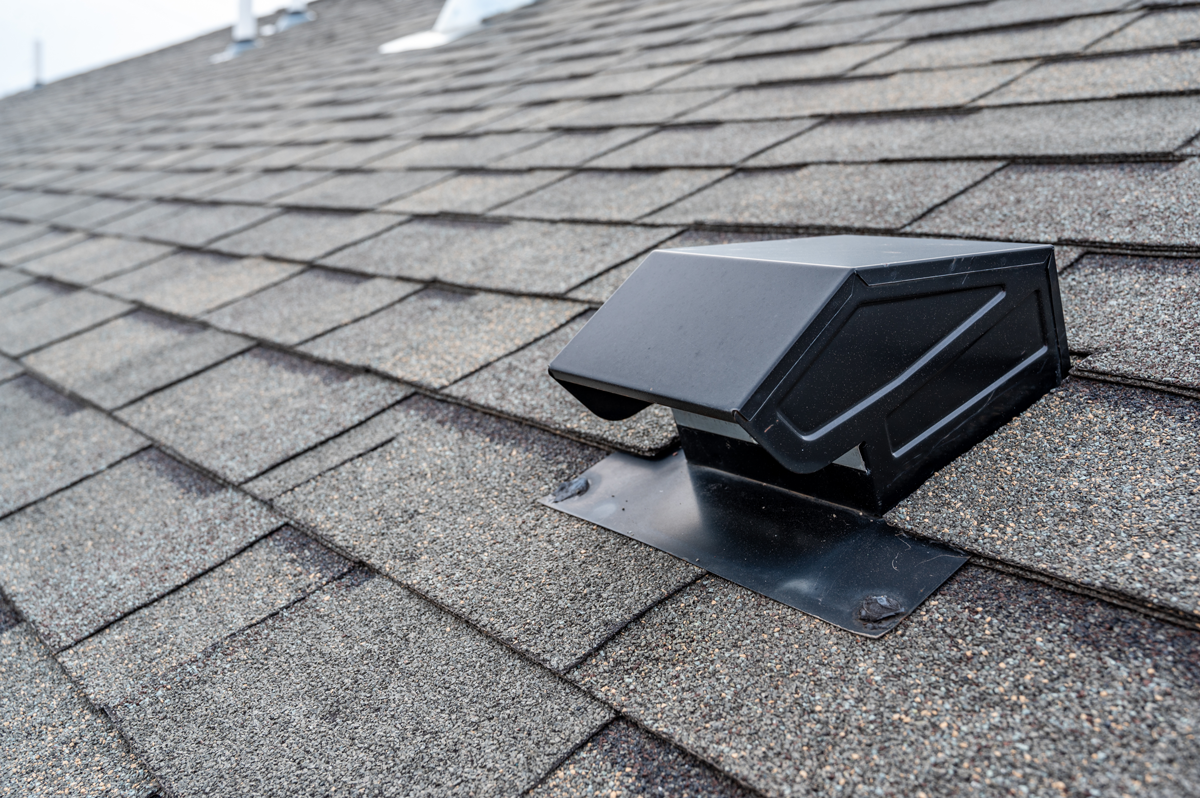
The roof of any building is an essential part of the structure, and it is responsible for protecting the interior from environmental factors such as rainfall, snow, and wind. However, many property owners overlook the importance of proper roof ventilation. Roof ventilation is a system that allows air to circulate within the attic and roof spaces, and it is crucial for the health and longevity of the property.
Read on as we learn and understand why proper roof ventilation is critical for your home.
Roof Ventilation Prevents Moisture Build-Up
Moisture build-up is a common problem in attics and roof spaces, and it can lead to mold growth, wood rot, and other structural damage. Roof ventilation helps to prevent moisture build-up by allowing air to circulate freely and carry away any excess moisture. This is particularly important in areas with high humidity levels or heavy rainfall, as these conditions can quickly lead to moisture problems.
Roof Ventilation Reduces Energy Costs
Proper roof ventilation can also help to reduce energy costs. During the summer months, attics and roof spaces can become extremely hot, and this heat can radiate down into the living spaces below. This can cause the air conditioning system to work harder to maintain a comfortable temperature, which can lead to higher energy bills. However, with proper roof ventilation, hot air is allowed to escape, which can help to reduce the overall temperature in the attic and reduce the workload of the air conditioning system.
Roof Ventilation Improves Indoor Air Quality
Roof ventilation can also help to improve indoor air quality. Without proper ventilation, air pollutants such as dust, allergens, and volatile organic compounds (VOCs) can become trapped in the attic and roof spaces. These pollutants can then seep into the living spaces below, which can lead to health problems such as allergies, respiratory issues, and headaches. However, with proper ventilation, these pollutants are carried away by the circulating air, which can help to improve indoor air quality.
Roof Ventilation Extends the Life of Roofing Materials
Another benefit of roof ventilation is that it can extend the life of roofing materials. During the winter months, moisture can become trapped in the attic and roof spaces, which can cause roofing materials to become damp and eventually rot. However, with proper ventilation, this moisture is carried away, which helps to prevent the deterioration of roofing materials. This can significantly extend the life of the roof and save property owners money in the long run.
Roof Ventilation Prevents Ice Dams
Ice dams are a common problem in areas with heavy snowfall, and they can cause significant damage to the roof and gutters. Ice dams form when the heat from the attic melts snow on the roof, which then refreezes at the roof’s edges, creating a dam. This dam prevents water from draining off the roof, which can lead to leaks and water damage. Proper roof ventilation can help to prevent ice dams by keeping the roof temperature consistent, which prevents snow from melting and refreezing.
Conclusion
Roof ventilation is an essential aspect of any property’s structure. It can prevent moisture build-up, reduce energy costs, improve indoor air quality, extend the life of roofing materials, and prevent ice dams. Property owners should ensure that their roofs are properly ventilated to avoid costly repairs and health problems. By investing in proper roof ventilation, property owners can ensure that their roofs remain in good condition for years to come.
Do you want to improve your home’s roof ventilation? Carnes & Son Roofing is your reliable and experienced residential roofing team in New Hampshire or Southern Maine. Contact us today to schedule a consultation, and let us help you protect your home with a quality roof!
